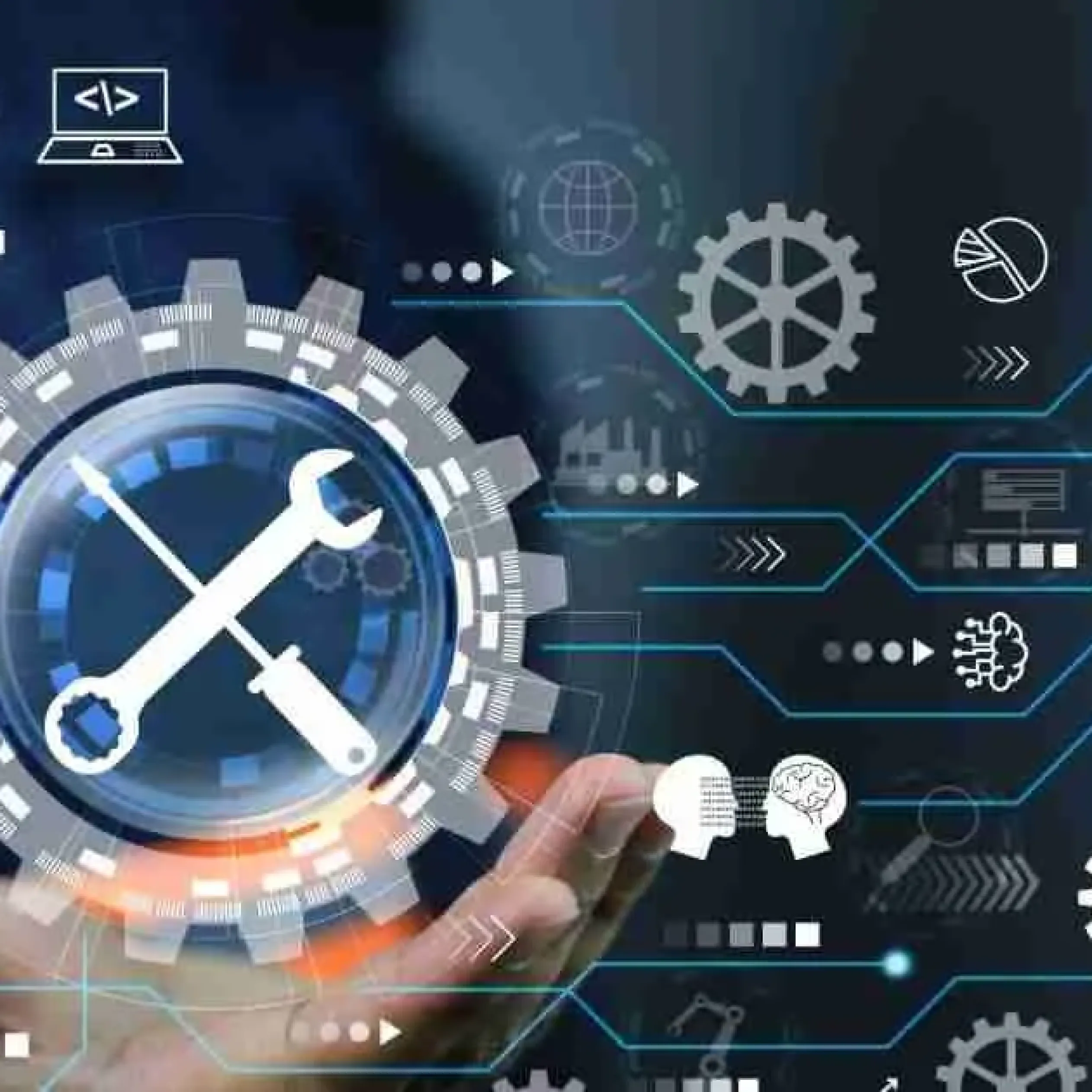Introduction
Software forms the backbone of nearly every business in the digital world, big or small, from enterprise systems to applications. It helps companies carry on the activities that they engage in without hassle. Like any other system, software needs some care and maintenance even after its development and deployment, and this whole activity is termed as software maintenance.
Software maintenance entails keeping applications reliable, secure, efficient, and flexible for changes in business needs. It’s not only about bug fixing; it involves performance improvement, new feature additions, compatibility updates to match current technologies, and preparation of the system for long-term use.
In this guide, we will explore everything one must know about software maintenance—its types, importance, processes, strategies, challenges, and best practices.


What is Software Maintenance?
Software maintenance refers to the practices that update, alter, or enhance a certain software application after it is delivered to the end-user. It helps ensure the proper functioning of the software as well as its adaptation to user expectations over time.
Software maintenance is like servicing a car. A car needs to be serviced regularly, oil has to be changed frequently, and repairs have to be carried out from time to time. In the same way, software needs regular updating, fixes, and improvements. Lack of maintenance would make software obsolete or vulnerable, corresponding to operating stats or main diseases of software that may prevent usability.
Importance of Software Maintenance
Many businesses fail to comprehend the significance of software maintenance. They invest millions in setting up and developing applications but do not bother to maintain them. Below are reasons why software maintenance is important.
Bug Fixes—Deep inside, however well an application gets developed, issues come up as the application gets deployed. Maintenance helps in ensuring that these bugs get fixed without wasting any time.
Security Updates— Today and every day, security threats are among the serious problems caused by the rise of high technology. Daily updates are therefore needed to keep the software safe from attacks.
Performance Improvements—Use of any software may become slow over time, and it could be that the volume of data or usage has increased. Maintenance speeds up software depending on efficiency.
Adaptation to New Technologies—Software begins to adapt when hardware, operating systems, and third-party tools evolve.
User Satisfaction—Smooth experiences are expected by users. Recently updated, customers remain satisfied and loyal to the software.
Cost Savings—Costly breakdowns or total software replacement can be avoided by maintaining software in time.
Types of Software Maintenance
1. Corrective Maintenance
This maintenance essay focuses on fixing some problems. Bugs, errors, crashes, or any anomaly preventing the system from performing as intended would be handled under corrective maintenance.
Example: Fixing a login issue in an e-commerce site.
2. Adaptive Maintenance
Software commonly requires modifications for compatibility with the new hardware, operating system, or technology. Adapted maintenance maintains smooth application activity in new environments.
Example: Updating an app to work with the latest version of iOS or Android.
3. Perfective Maintenance
Perfective maintenance means improving all aspects of the software. This can include adding new features and refining the existing functionality of an application or improving the user experience.
Example: Implement a new payment option for an online shopping application.
4. Preventive Maintenance
This kind of maintenance is intended to avoid future problems. It entails cleaning code, optimizing performance, and reducing risks. Preventive maintenance guarantees the stability of applications over the long run.
Software Maintenance Process
Software maintenance is carried out through a structured approach. In general, such processes follow these sequences:
- Problem Identification—Finding bugs, issues, and improvements.
- Analysis—Comprehending problems, analyzing consequences, and organizing a fix.
- Design Update—Changes may be made, if necessary, to the design or architecture.
- Implementation—coding to fix, improve, or update the application—is undertaken.
- Testing—Confirming that updates do not break existing functionality.
- Deployment releases to production.
- Documentation—Recording the changes, possibly for future reference.
Benefits of Software Maintenance
Maybe the best example needs to be understood better about the regular patching for not only everyday working but mostly for cyberattack fortification.
- More speed-optimized performance for faster processing.
- Less unanticipated system downtime due to preventive actions.
- Lower Lifespan of Software—because if the company keeps updating its software, it can keep going for many years.
- Lower Costs—resolving problems early before it is too damaging later.
- Compliance—the software is in line with mandated regulations and industry standards.
Challenges in Software Maintenance
However, software maintenance is necessary; it presents numerous challenges:
- High expenses. Maintenance can sometimes cost even more than the original development.
- Complexity. Large software systems are inherently difficult to maintain.
- Dependency issue. Some stopped supporting third-party tools/libraries.
- Documentation gap. Poor documentation makes changes difficult.
- Changing requirements. This is primarily in the fast-changing environment of business, and the software must also adapt.
- Resource limitation. Maintenance often requires very skilled developers.
Best Practices for Software Maintenance
- Continue to check on the performance of the system and user feedback.
- Automated Testing – Automated test invocation after every update.
- Version control—a tool for change tracking, like Git.
- Good Documentation—Create all documents for modifications for easy maintenance in the future.
- Code Refactoring—Do regular cleaning of unnecessary or outdated code.
- User Feedback Integration—Features’ updating according to user needs.
- Scheduled Maintenance—Schedule regular maintenance windows to circumvent disruptions.
Tools for Software Maintenance
Several tools make maintenance easier:
-
Bug Tracking Tools – Jira, Bugzilla, Redmine
-
Version Control Systems – Git, SVN
-
Continuous Integration Tools – Jenkins, GitHub Actions
-
Monitoring Tools – Nagios, New Relic
-
Testing Tools – Selenium, JUnit
Using the right tools improves efficiency and reduces maintenance costs.
Conclusion
The application is not just a technical issue; rather, it is a long-term strategizing that keeps future-proofing the application’s relevance, safety, and efficiency. Organizations investing in continued maintenance end up saving costs, increasing the likelihood of user satisfaction, and extending the application’s lifespan.
Ensure efficient processes, appropriate tools, and best practices for a reliable future for organizations’ software systems as these have currently been.



